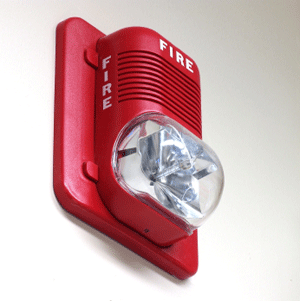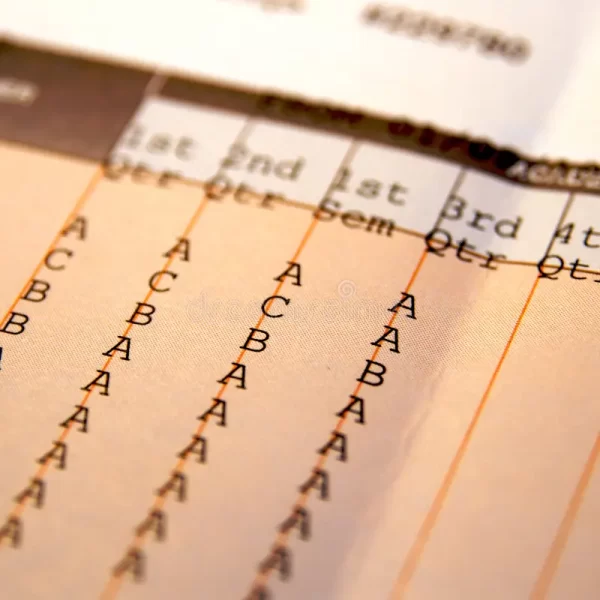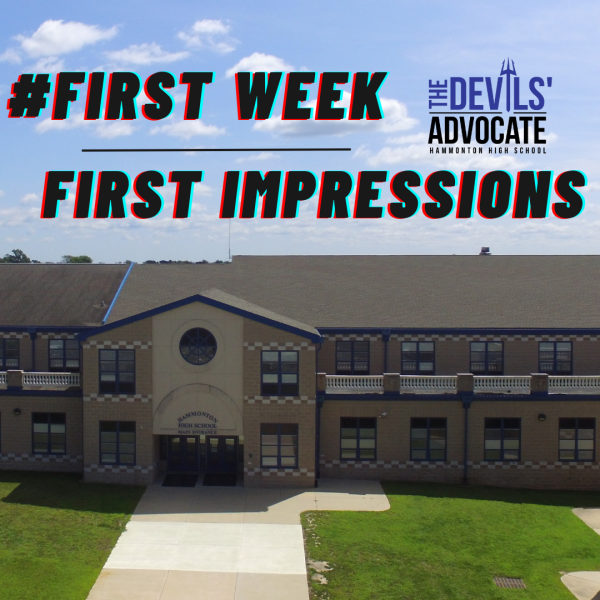Fire drills prepare students for whatever may come

It’s a cold Friday in December during eight period, and all of the sudden, a fire alarm goes on. Now it’s time to go outside in the cold and you’re wearing only a T-shirt. The cold hits your face and a question rises in your mind: is it really worth it?
New building materials are taking over the good old wood, and now with concrete walls and tile floors, a fire is no longer the threat it used to be.
How useful are drills like this?
“Fire drills are imposed by the state,” explained history teacher Mr. Eric Shulman, “so schools have no authority over what drills must be performed.”
According to a FAQ sheet provided on the official website for the State of New Jersey (www.state.nj.us), each school must have at least one fire drill and one School Security drill per month. The state defines a School Security drills as “an exercise, other than a fire drill, to practice procedures that respond to an emergency situation including, but not limited to, a non-fire evacuation, lockdown, or active shooter situation and that is similar in duration to a fire drill.”
“These drills are something to rely on if something goes wrong,” said junior Gina Rivera. She does think about the possibility of fire or other risks to safety while at school.
In 2009, the state of New Jersey reduced the number of fire drills required per month from two to one.
According to Principal Mr. Thomas Ramsay, the addition of school security drills and reduction of fire drills relates to the changing world surrounding the school.
“There is a transformation on what represents a threat for students,” he said, “so we experience a change on what drills is important to be followed and what lose significance.”
While the threat of fires may be on the decline, the need for School Security drills has gained importance because of tragedies that have occurred at Columbine, the Bath School, Sandy Hook, and others that have happened as recently as last week.
The dangers of fires are not extinguished, but now fires are generally limited in their ability to spread outside the room they begin in. The use of concrete walls helps achieve this effect. Of course, larger explosions would affect much larger areas.
Student Resource Officer Richie Jones emphasizes how important these drills are in ensuring safety, regardless of what they are called.
“[Some might suggested that] fire drills should be renamed Evacuation Drills,” he said. “Evacuation drills hold a greater purpose in offering staff and students a quick way to evacuate the school in case of leaks of gas, chemical hazard or an explosion.”
Drills no longer have one sole purpose. The method used in evacuating a school during a Fire Drill has the same efficacy and purpose if the school must be quickly evacuated for any reason.
Of course, students may still find it uncomfortable to walk outside during the winter drills. The temporary discomfort is worth it for the greater good: their safety.










